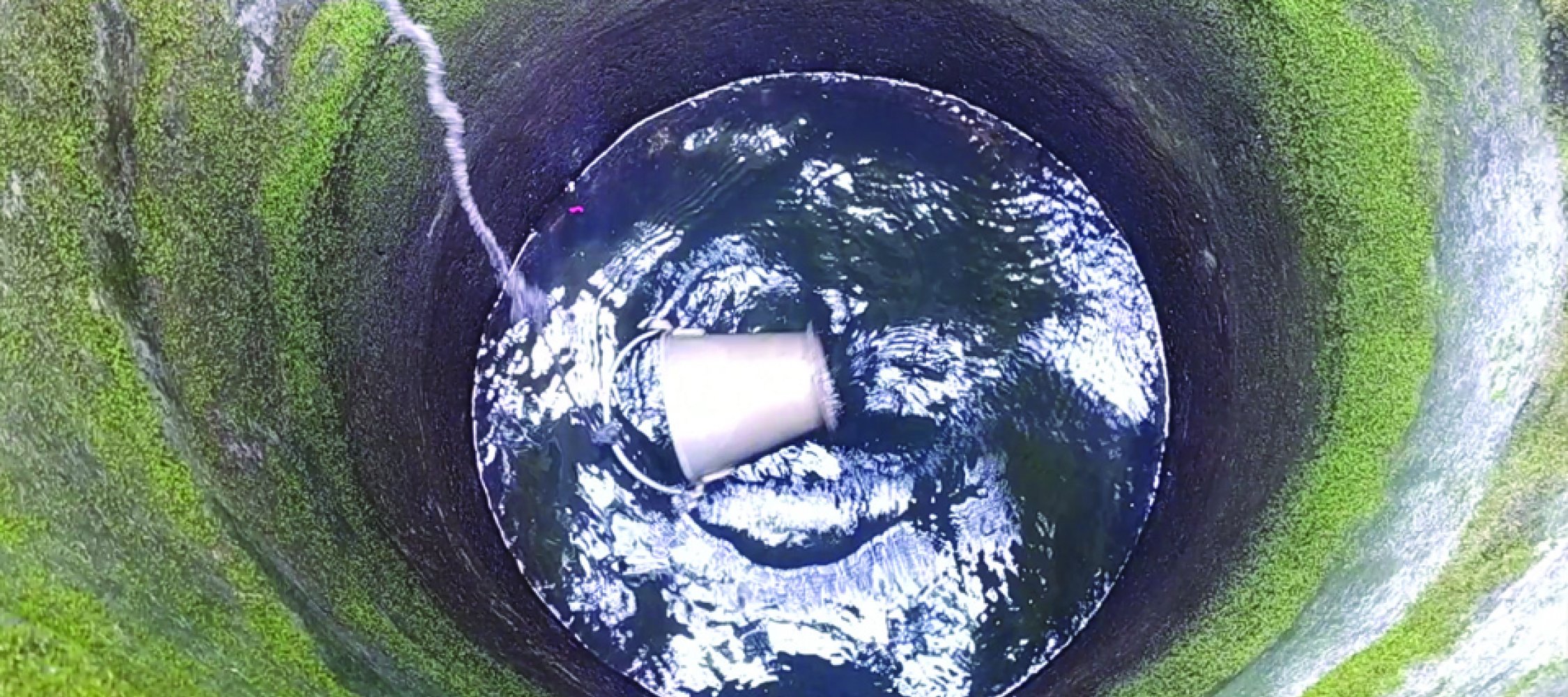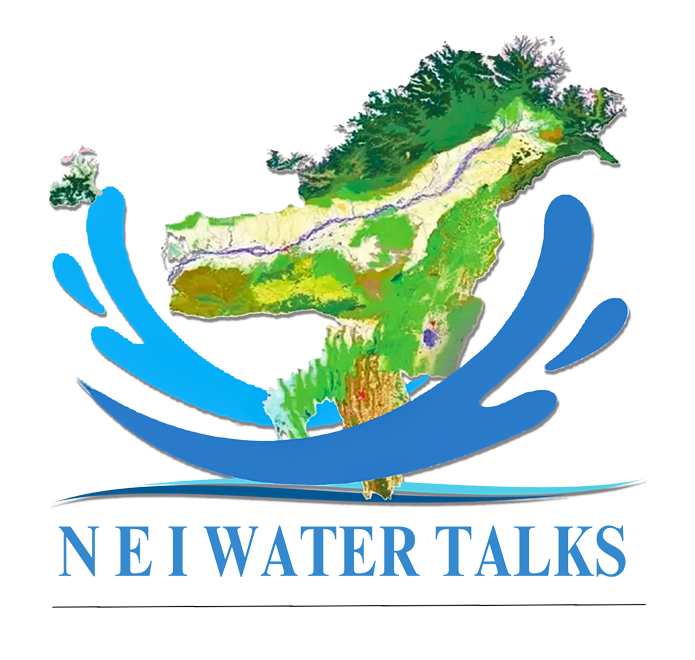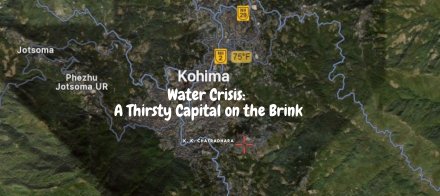 |
In September 2020, the Assam campus of the prestigious Indian Agricultural Research Institute (IARI) was inaugurated at Dirpai under the Gogamukh revenue circle in one of the state’s worst flood-ravaged districts, Dhemaji. Thousands of suffering populations might have hoped that much of their problems would now be addressed.
Gogamukh sits at the heart of the Jiadhal-Kumatia river basin, drained by at least four perennial streams, besides Jiadhal that form the Kumatia river basin. The four streams Na-Nadi, KorhanNadi, Charikaria, ChilaNadi also separately form the lower Jiadhal. All these rivers flow out from the catchment forests of Arunachal hills in the north. The riverine landscape is characterised by a vast swathe of flood plains with alluvial soil but often covered with massive sand deposits, shallow river beds, and unpredictable river flows and shifts. The Jiadhal-Kumatia river basin is straddled by the Moridhal river basin in the east and the Subansiri river basin in the west, while the mighty Brahmaputra is in the south.
Rising from the hills of Arunachal Pradesh, Jiadhal travels through narrow gorges and descends on the plains of Assam through the Dhemaji district and flows further towards south covering a distance over 120 km before it outfalls to the Kherkatia Suti. The Kherkatia Suti was earlier a tributary of the Brahmaputra but later its course was channelised to the Subansiri river by an embankment built in 1965-66. On its southern course, Jaidhal is joined by an eastern stream and assumes a new name, Kumatia/ Kumotiya. After reaching the Gogamukh-Dhemaji line, the Jiadhal-Kumatia flows southwest, again with another name, Sampara, ending its long journey at the river Subansiri.
Therefore, it is hard to believe that Gogamukh region, despite its location amidst a cluster of river systems, should be facing a lot of water-related challenges, especially the problem of safe drinking water and irrigation facilities. The Dhemaji district receives an average annual rainfall of over 3,500 mm, most of which occurs in just two/ three monsoon months of July-September. However, due to its topographic factors, like the shallow river bed, all the rivers overflow with surging sediment-laden waters gushing down the hills, inundating the basin plains.
There are 173 villages within the Gogamukh revenue circle, including Gogamukh town, which is the political headquarters of the Mising Autonomous Council (MAC). Gogamukh is a small but growing town with over 7,000 people, about 70 per cent of which belong to the Mising and other tribal communities. Though it is yet to be declared as a municipal town, it is emerging as a popular commercial centre because of better road and railway connectivity. It serves as the connector to West Siang district and other parts of Arunachal Pradesh in the north, and Dhakuakhana, a subdivision of the Lakhimpur district and Majuli district in the south. In fact, since the 1980s, the locals say, Gogamukh is witnessing a gradual change in the demographic pattern as well as in land use practices. Several factors triggered such a change in population movement: Urbanisation, commercial prospects, migration from rural areas for better livelihood and education for children, migration from the flood-affected areas, etc. Farmers from the adjoining 200 villages come to Gogamukh to sell their produce and livestock and, on their return, buy all essentials from the markets.
Naturally, one of the immediate pressures was felt on water resources, particularly use of groundwater – from drinking and household chores to meeting demands from hotels and factories. But excessive use of groundwater is now affecting the aquifers and quality of water. Rajen Saikia, a resident of Gogamukh and an employee with the Indo-Global Social Service Society, a regional NGO that works among the flood affected communities in Assam, confirmed the presence of high amount of iron and other chemical pollutants like arsenic and fluoride in water in the area. Unfortunately, villagers consume this water, exposing themselves to serious health risks. Echoing similar concerns, Dr. Pranab Jyoti Hazarika, who owns a clinic in Gogamukh, said almost 70 per cent of patients are affected by water-borne diseases.
The Public Health Engineering Department (PHED), which has a water testing centre at Gogamukh, carried out extensive sample testing in the area that revealed not only a high level of iron (3 milligram per litre) but also the presence of other chemicals like manganese, fluoride, alkaline, arsenic, etc. in the groundwater of Gogamukh town. Ripen Kumar Gogoi, a chemist at the PHED, said the amount of arsenic found in groundwater in some parts of Gogamukh was much higher than the norms approved by the World Health Organisation (WHO). He said: “The water testing is very much essential, but now we notice that people are very reluctant to do this, maybe because it costs a lot of money – Rs.700-800 per sample – which many rural families cannot afford.” The PHED tested water only in those areas where it was implementing its drinking water supply scheme. The department generally carries out awareness programmes among local people about water, sanitation, and hygiene, but does not test the water for any individual family free of cost. Besides the chemicals, Gogoi claimed, the contamination of bacteria, fungus, and other planktons were too found in the water.
Decades ago, people in Gogamukh used open wells and shallow tube wells as sources of water, but now 80 per cent of them extract groundwater by using electric pumps. Locals told this writer that earlier water could be found just at 15 feet below the surface even in dry, winter months, but now the groundwater has depleted considerably. On the west side of the town, particularly at Chauldhuwa Bali Gaon, and Nagaon area, there is a stone layer at about 20 feet beneath the ground, which makes it very difficult to install a tube well or an electric pump. On the other hand, the northeastern part of the town, which falls under the Moinapara Miri revenue village, has comparatively better water quality. “Yes, it is true, but there are a handful of families in that area that can use water without filtering, and the rest depend on sand filters,” one of the villagers said.
Ramesh Dutta, a resident of Rongpuria, said that till a decade ago, he got clean water from his well, but over the years, groundwater quality deteriorated with iron contamination. Generally, the households, which can afford to build a water tank with an attached electric pump, also construct a concrete sand filter. With the sand filter, water becomes clean and can be used for all purposes of the house like washing clothes, bathing, cooking and toilet use. But those who cannot afford this kind of water filter make small sand filters to purify water. Small sand filters also can help in removing iron contamination, but it is time consuming. Most families use candle filters or sophisticated filters in their houses. After that, the water is used for drinking purposes.
Some women spoken to stated that they had been buying water for drinking for the last two/three years. A small family spends at least Rs.80-100 a day for 60-80 litres of drinking water. People are forced to buy more water when a function or ritual is held in a family. A woman said only the rich families could afford to spend more on water, but it was hard for those families of daily wage earners. Most of them somehow try to purify polluted water by using home made or low-cost filters. “The effect of contaminated water can easily be traced on people’s nails, teeth and clothes,” added another woman. “Due to the contamination of water, many people, particularly the women and children, have to suffer a lot,” said Joyjyoti Chutia, a former gram pradhan of Gogamukh gram panchayat.
Hotels, restaurants, tea stalls, and factories use a higher amount of water. A tea stall owner, Malay Dey, said he needed to clean his large water filters both at his factory and home at least once a week. Cleaning filters and changing sands is a difficult task. “In the coming days, more and more families are going to buy drinking water,” Khanindra Deka, a science post-graduate of Majgaon, said. Keshoba Krishna Chatradhara, a social and environmental activist working in the area, said: “Water seems to have already created two distinct classes – rich and poor, in terms of their water purchasing power.”
Apprehensive of the future water scenario at Gogamukh, some educated individuals have expressed grave concerns over the looming water insecurity. On the one hand, the groundwater is depleting fast due to overexploitation, and on the other, precipitation in the off-monsoon period has been becoming erratic and scanty. These factors are already adversely affecting the Rabi cultivation, floriculture and horticulture of the area. Various communities settled in the Gogamukh area grow vegetables in their homestead land, but the dry spell and polluted water put these activities at high risk.
The population of Gogamukh is rapidly increasing, but the civic amenities like providing for safe drinking water, roads and good drainage networks have not yet been created in the area. Moreover, due to a lack of urban planning and basic infrastructure, and unscientific construction of various structures, many parts of the town quickly submerge in monsoon rains. A drain in the northeast of the town was constructed earlier, and in December 2020, two other drains were under construction in the southwest of the town. The problems of waterlogging and slush could be avoided if the town’s drainage system was improved in a planned manner.
Recently, the PHED has initiated two water supply schemes – one in Gogamukh and the other in Nagaon – under National Rural Drinking Water Project (NRDWP), which are expected to be completed soon, according to junior engineer Anshuman Baruah These schemes provide for street water taps in specific locations for public use. Public awareness of personal hygiene, sanitation, and open defecation problems has been planned under the Jal Jeevan Mission (JJM) of the central government.
Water literacy – awareness of proper uses of water, protection, and conservation of water bodies, rainwater harvesting, among others – is essential not only for the residents of Gogamukh but also for the entire population of the country. It is also expected that with the establishment of a new agricultural research centre at Gogamukh, the emerging environmental issues, most importantly, sand casting, treatment of groundwater and rain harvesting techniques, will be adequately addressed along with research in agriculture and allied sectors in the flood plains districts in upper Assam. Initially, three divisions will start functioning: Division of Crop Improvement, Division of Horticulture and Division of Animal Science and Fisheries.
Geolocation is 27.44370828136304, 94.30805717594252


